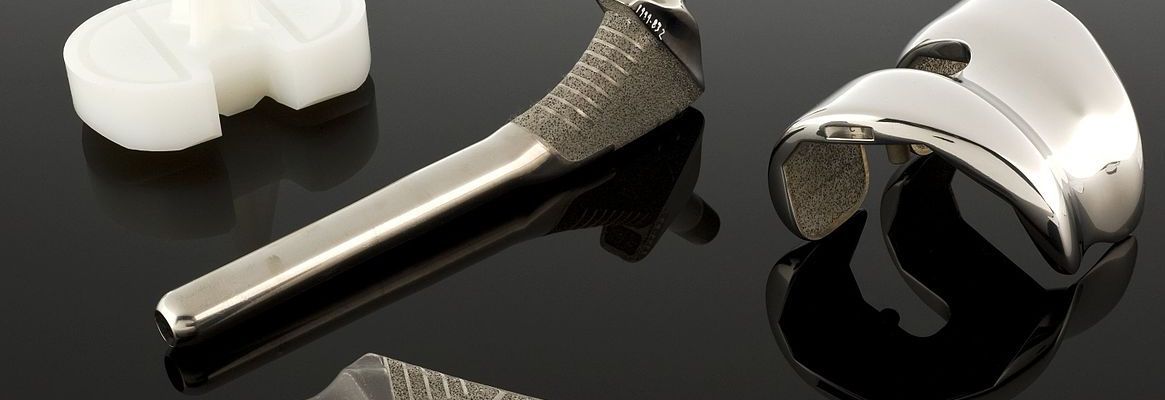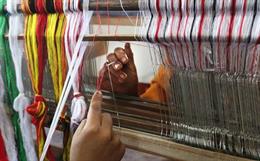In the global medical textile market, biopolymers such aschitin, chitosan, alginate, collagen and others have found invaluableapplications, affirms O L Shanmugasundaram
Medical textiles account for a huge market due to widespreadapplications not only inhospitals, hygiene and health care sectors, but also in hotels and otherenvironments where hygiene is required. It is known that microorganisms createand aggravate problems in hospitals and other environments by transmittingdiseases and infections through clothing, bedding, etc. Thus microorganismsexist in abundant quantities on textile materials. In order to combat theseadversities, it is highly desirable to impart antibacterial, antifungalproperties to textile materials.
The demand for special fibres produced from natural polymerssuch as alginate, chitin or chitosan, starch, keratin or bio-synthesisedcellulose is quite high because of their unique properties and growing areas ofapplication. Fibrous materials always play an important role in specialapplication such as medicine.
Alginate fibres
Alginate is a natural polymer composed of two monomers, i.e.,α-L-guluronic acid and β-D-mannuronic acid. Figure 1 shows thechemical structures of these two monomers and the GG, MM and MG sequences inthe polymer chain.
Alginic acid consists of two monomers, D-mannuronic acid (M)and L-guluronic acid (G). The relative proportion of mannuronic to guluronicacid in alignate fibre significantly affects the properties of the end-product.
Alginate exists widely in brown seaweeds, acting as areinforcing element for cell walls. These fibres have unique gel formingcharacteristics:
Upon contact with wound exudates, the sodium ions in thewound exudates can exchange with the calcium ions in the fibres and as more andmore sodium ions enter the fibre structure, the fibres absorb more and morewater and form a gel. The gelled structure helps to keep a moist interfacebetween the dressing and the wound surface, which can assist the healingprocess.
Alginate fibre has become one of the most important materialsfor wound dressing. It is established that a moist condition is more suitablefor wound healing. When alginate dressing absorbs exudates from wound, a jellylike material is formed and a moist environment is created during the course ofhealing. At the same time calcium alginate rapidly releases calcium ions inexchange for sodium ions on contact with blood, which stimulate both plateletactivation and blood coagulation to a greater, extend. In addition togenerating a moist healing environment, alginate dressings facilitate a highabsorbency of exudates from the wound.
About the Author
The authoris a Lecturer with the Department of Textile Technology, KS College ofTechnology, Tiruchengode, Tamil Nadu.








